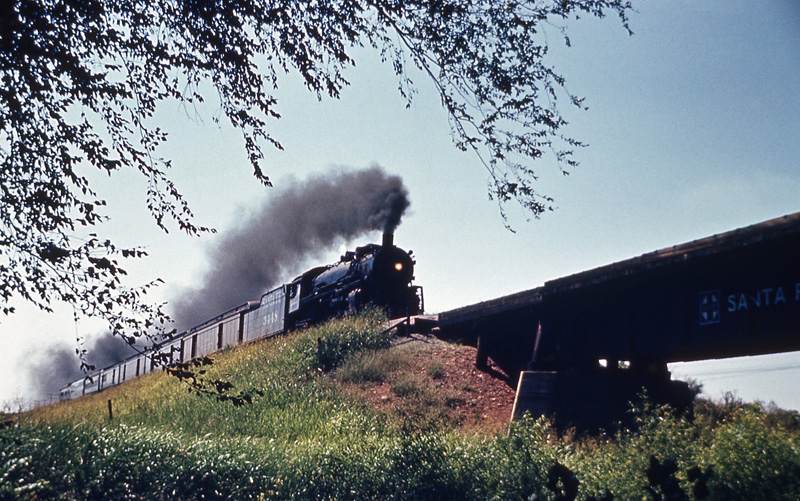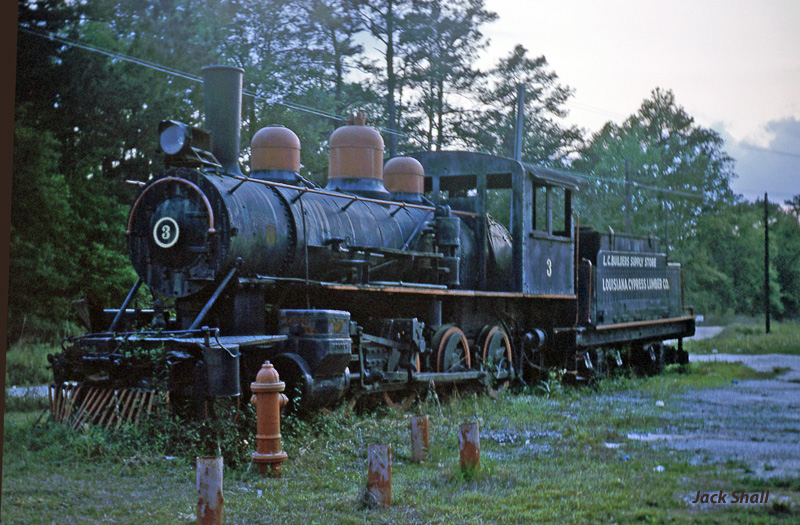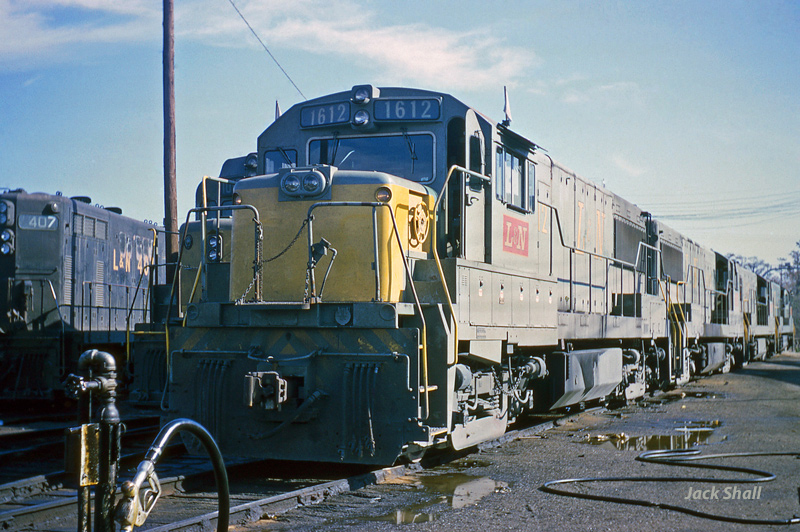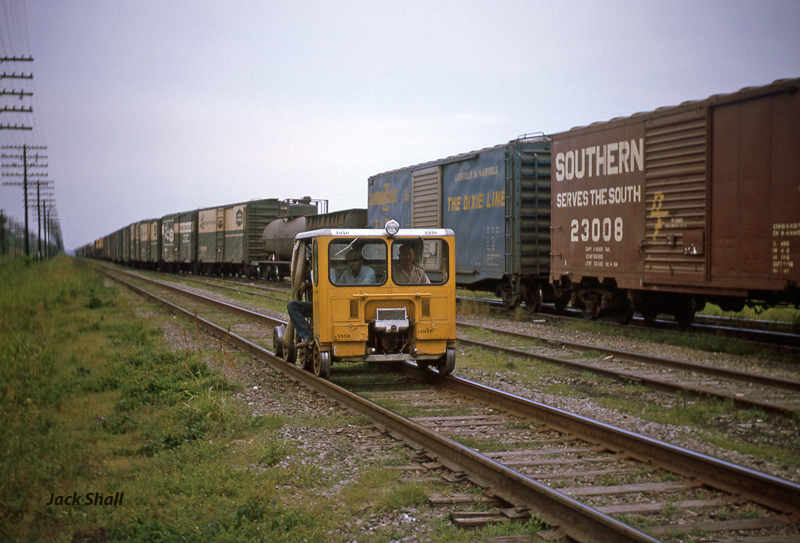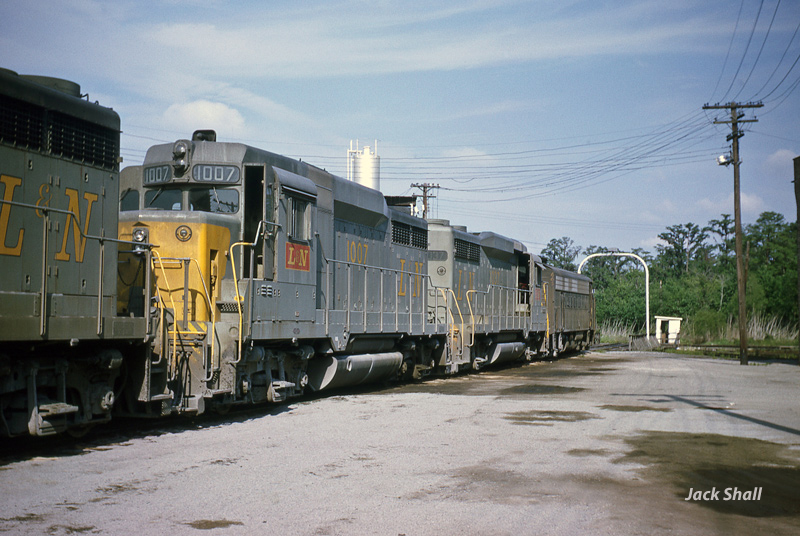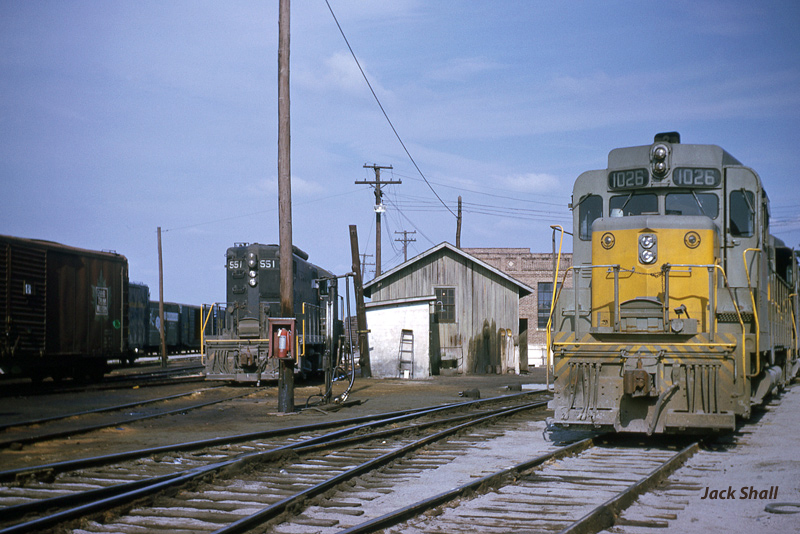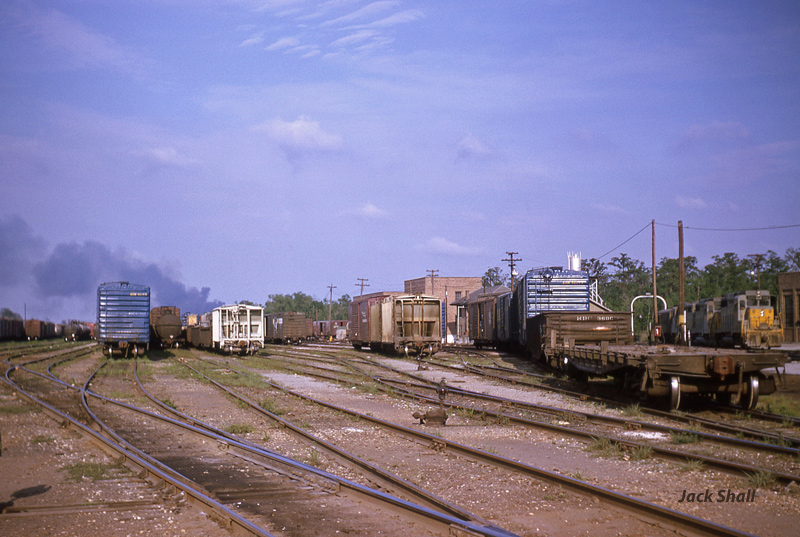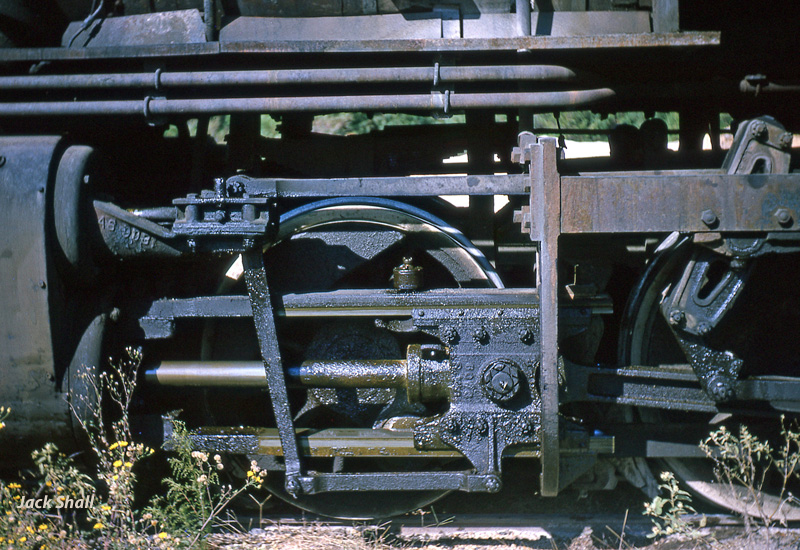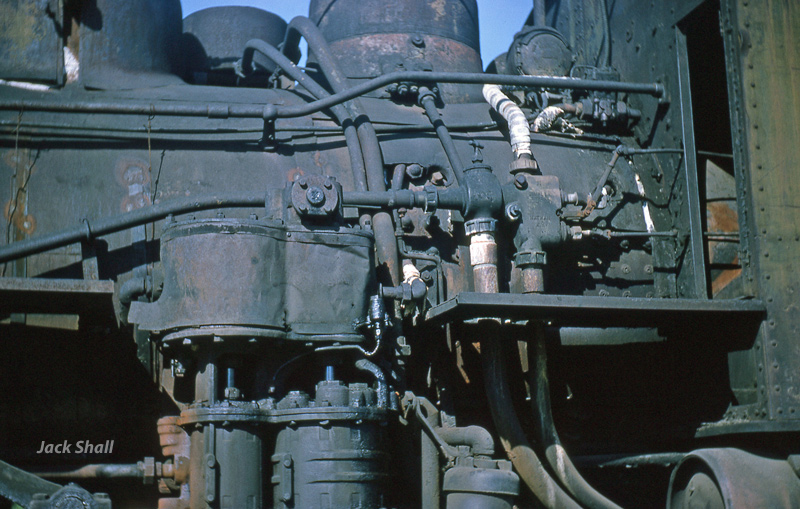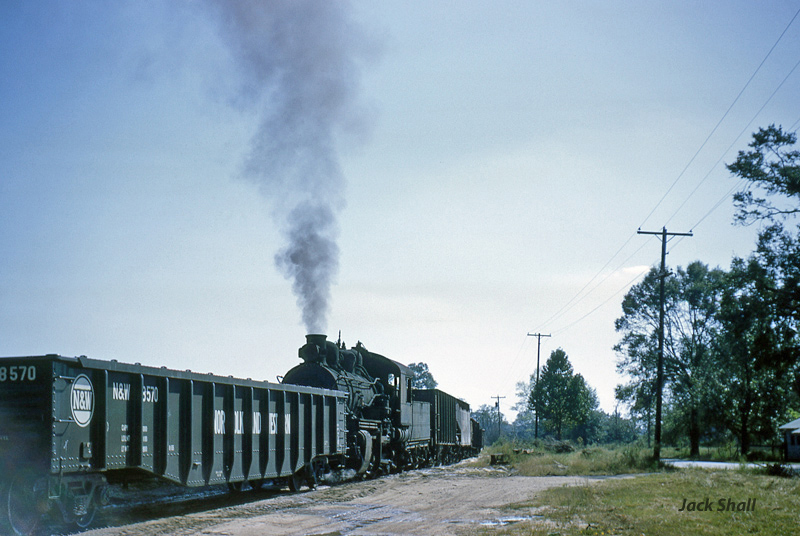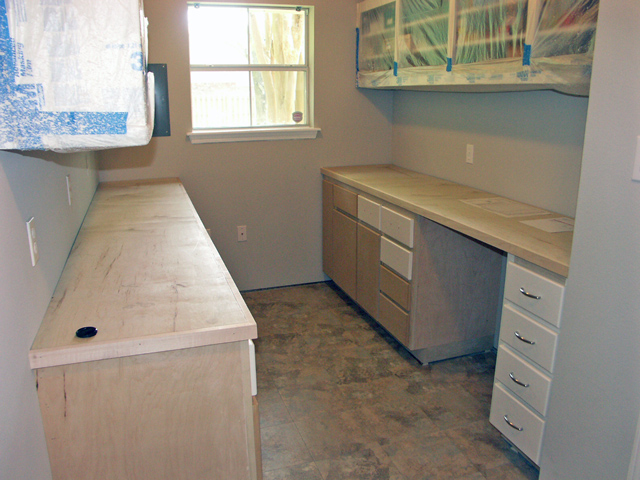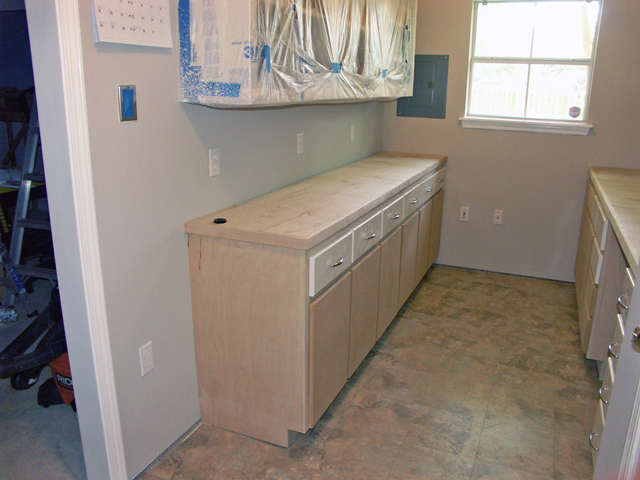In the late 1940s the Mississippian Railway purchased a pair of 2-8-0 locomotives from the Frisco Railway, #76 and #77. These steamers served the Mississippian for twenty years, finally being retired in 1967. Two brothers, James and Frank Carlisle functioned as both conductors and engineers. James was the engineer for the #76, with Frank serving as conductor on the days when the #76 drew the duty. And Frank took the controls of #77, with James handling the paperwork and switching duties when she was called for the day.
In the late 80s (I believe 1987, give or take a year) a special excursion was organized on the Mississippian. The #77 was borrowed from it’s current owner and returned to it’s Mississippi home rails. Mr. James assumed the duties for his late brother as the engineer of #77 for the two day run. With the locomotive repainted into it’s original Mississippian livery, she departed Amory on a bright Saturday morning for the journey up to Smithville.
Here the photographer has captured the train on the return leg of the journey as she crosses the new steel trestle across a part of the Tennessee–Tombigbee Waterway.

Today the #77 is still in operation. She runs on the Alberta Prairie Railroad up in Alberta, Canada as their #41.


